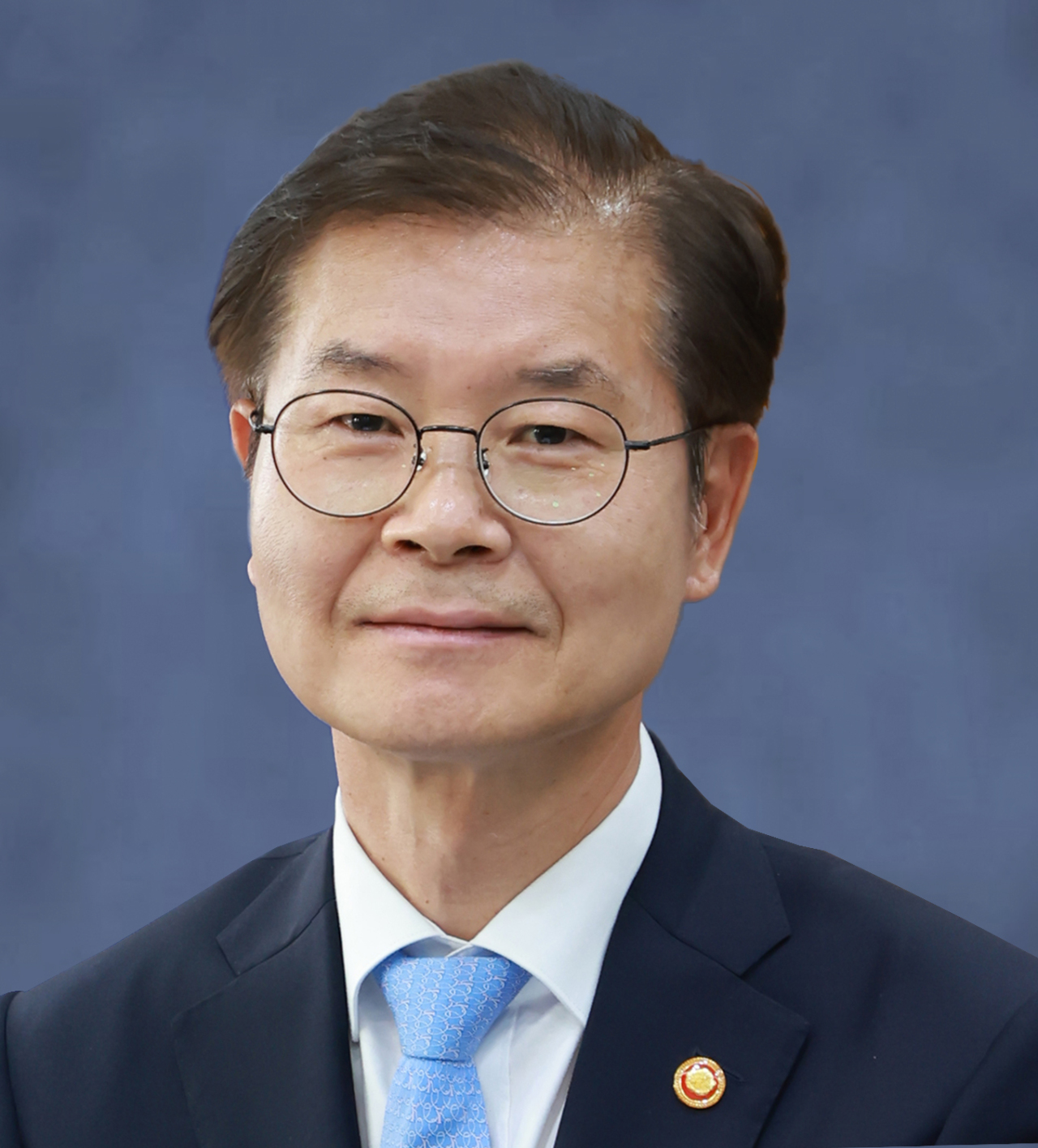[Newsmaker] 230,000 job vacancies: Diagnosis and treatment
By Korea HeraldPublished : Aug. 18, 2022 - 15:48

By Minister of Employment and Labor Lee Jung-sik
The number of job vacancies stood at 230,000 as of June 2022 in Korea, the highest since February of 2018. Particularly, labor-intensive industries such as shipbuilding and basic manufacturing industries, and service industries such as restaurants and retailers are seeing an increasing number of unfilled jobs.
Labor shortages in shipbuilding and basic manufacturing are getting worse due to dire labor conditions such as dangerous work environments and low pay. In particular, subcontractors -- who make up 80 percent of the direct production workforce in the shipbuilding industry -- do hazardous and arduous labor, yet received only 60 percent of what employees of prime contractors were paid as of 2016, according to the Korea Labor Institute. Out of 88 workers who lost their lives in industrial accidents from 2016 to 2021, a whopping 68 belonged to subcontractors, indicating that they are disproportionally more exposed to workplace danger. As a result, labor shortages have become a chronic issue in this sector. In particular, the number of subcontracted workers at shipyards shrank by 65 percent (86,000) between 2015 and 2021, whereas the workforce of prime contractors was reduced by 36 percent (13,000) during the same period.
Meanwhile, the service sector saw a mass inflow of workers into contactless service industries amid the COVID-19 pandemic. The number of delivery workers surged by 80,000, or 22 percent, while restaurants and taxi/bus companies shed jobs by 20,000 and 30,000 respectively. The real problem is that these workers have not come back to contact-intensive service industries despite their rebound because of poor labor conditions. Labor shortages are further exacerbated as the number of ethnic Koreans from China working in the service sector has halved to 110,000 from the pre-pandemic level of 220,000, due to the population aging.
As such, labor shortages, which have emerged as a serious societal concern, stem from temporary factors such as delays in migrant workers’ entry into Korea and workers’ free flow across industries, alongside structural factors such as precarious working conditions.
With that in mind, the government will diagnose various factors and provide tailored treatment.
First of all, the government will improve employment conditions for industries facing labor shortages so that domestic workers are encouraged to return to these industries. To this end, the government plans to expand the Tomorrow Chaeum Mutual Aid for the shipbuilding industry, a welfare program that supports new hires to build up their assets (around 6 million won a year). For basic manufacturing industries, the government will scale up its subsidies for new hires and continue to enhance labor conditions through an industrial complex innovation plan and package support programs tailored for each business.
Second, the government will provide meticulous support for shipbuilding and basic manufacturing industries in exploring potential job seekers and matchmaking them with employers. As implementing agencies, rapid employment support task forces will be set up in 17 local job centers located at regions with a high proportion of these industries. As for the service sector, industry-specific employment support teams will operate at 48 local employment and labor offices across the country.
Thirdly, the government will open its door for migrant workers at a necessary level. Foreign workers have been brought in to meet the needs of certain industries and workplaces for small- and medium-sized enterprises with difficulty filling their workforce with domestic workers. In the wake of the COVID-19 pandemic, however, the foreign workforce has plummeted below 35 percent of the pre-pandemic level, further aggravating the manpower shortages of SMEs. Accordingly, an emergency plan will be put in place to promptly bring in 40,000 foreign nationals who have already received work permits and are waiting to come to Korea. Another 20,000 are scheduled to arrive in Korea in the second half of this year. With this plan, an average of 10,000 foreign workers will enter the country per month, and if this measure is implemented smoothly, the foreign workforce is expected to reach 264,000 by the end of this year to recover to the pre-pandemic level of 270,000.
Without a doubt, however, fundamental problems causing labor shortages arise from structural issues such as severe labor conditions and dualism in the labor market, including wage disparities between conglomerates and SMEs. The significance and urgency of tackling these structural problems is the very reason I cleared my schedule and went straight to the shipyard as the minister in charge when unionized subcontract workers of Daewoo Shipbuilding and Marine Engineering went on a strike in July. The government is currently coming up with various measures with the relevant ministries to address the dualism and inequality in the shipbuilding industry. Building on this foundation, the government will spare no effort to carry out labor market reform with the aim of resolving the root causes of labor shortages and safeguarding vulnerable groups.
-
Articles by Korea Herald



![[Exclusive] Korean military set to ban iPhones over 'security' concerns](http://res.heraldm.com/phpwas/restmb_idxmake.php?idx=644&simg=/content/image/2024/04/23/20240423050599_0.jpg&u=20240423183955)




![[Pressure points] Leggings in public: Fashion statement or social faux pas?](http://res.heraldm.com/phpwas/restmb_idxmake.php?idx=644&simg=/content/image/2024/04/23/20240423050669_0.jpg&u=)











